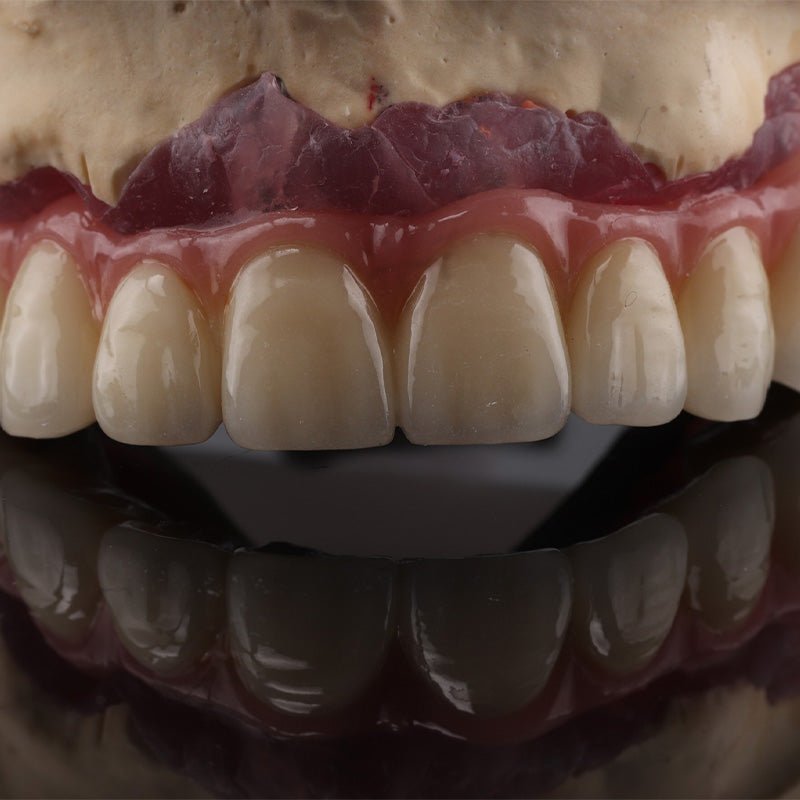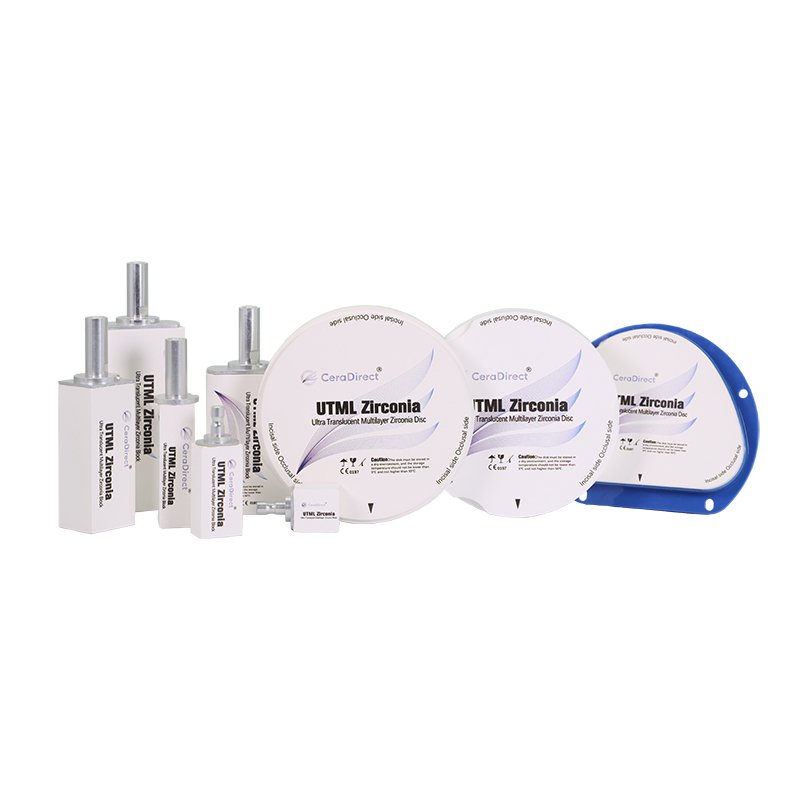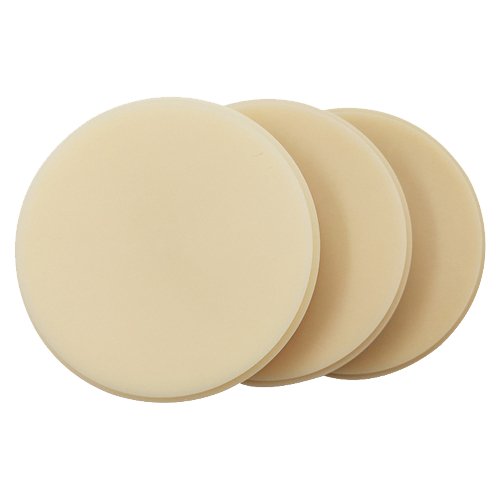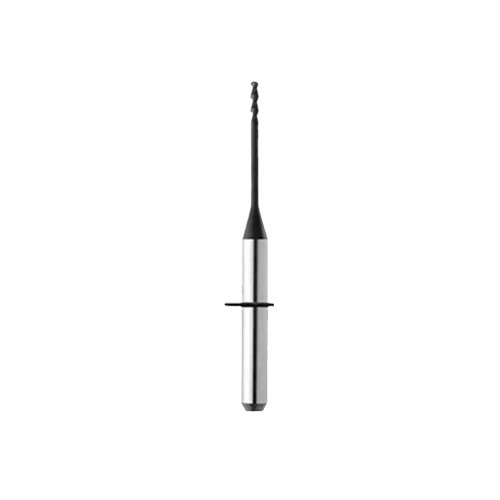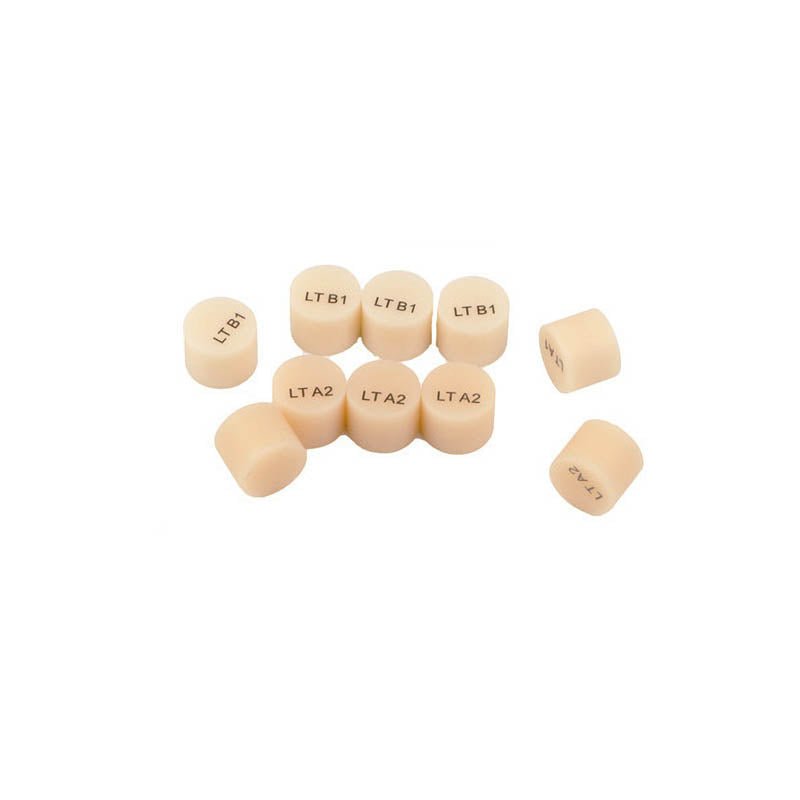A CAD/CAM milling machine is an innovative tool reshaping modern dentistry. CAD/CAM technology, or "Computer-Aided Design" and "Computer-Aided Manufacturing," allows dentists to fabricate dental restorations with efficiency, precision, and control, offering a seamless and rapid transition from design to final product.

Understanding CAD/CAM Technology:
CAD/CAM technology comprises two essential elements. “Computer-Aided Design” (CAD) involves creating a 3D digital model of the patient's teeth using imaging technology like digital impressions or CT scans. Dental professionals can manipulate this digital model to design the tooth restoration, considering the specifics of the shape, size, and color of the patient’s natural teeth.
The “Computer-Aided Manufacturing” (CAM) component subsequently transforms this virtual design into a reality, using automated machinery to precisely sculpt the restoration. The combination of these technologies enables a speedier turnaround; thus, ensuring efficient dental care.

Role of CAD/CAM Milling Machine:
The milling machine is at the core of the CAM process. Once the digital impression is captured and the restoration designed digitally, it's the milling machine's role to carve out the restoration from a solid block of material.
The CAD/CAM milling machine operates under the instructions generated from the digital model. Equipped with diverse tools or drills, it meticulously carves out the desired restoration with impeccable precision and speed, be it a crown, bridge, veneer, inlay, onlay, or even dental implant restorations.
These machines can work with a variety of materials, including ceramics, zirconia, resins, or metals, aligning with a patient’s diverse aesthetic and functional requirements.

Key Capabilities:
Dentistry CAD/CAM milling machines boast numerous benefits.
1. Precision and Accuracy: The computerized nature of CAD/CAM machines ensures absolute precision while sculpting restorations, drastically minimizing human error and providing consistently accurate results.
2. Improved Productivity and Efficiency: With its high-speed carving abilities, the CAD/CAM milling machine boosts efficiency, enabling more rapid fabrication of restorations. This feature dramatically reduces turnaround times compared to conventional techniques.
3. Versatility: Milling machines are versatile, capable of dealing with a spectrum of materials and creating a wide array of restorations.
4. Enhanced Aesthetics: The machine enables a perfect fit and match to the color and contour of natural teeth, yielding a more pleasing aesthetic outcome.
5. Digital Data Storage: Digital imprints and designs can be stored electronically for future reference, aligning with the modern practice of green dentistry.
Conclusion:
In essence, a dentistry CAD/CAM milling machine is a remarkable blend of art and science, using cutting-edge technology to simplify and enhance dental restoration procedures. The amalgamation of digital design and automated manufacturing has revolutionized dental labs, benefiting both patients and the dental industry by providing high-quality, personalized, and prompt dental solutions. As we move into the future, CAD/CAM tech continues to evolve, promising further advancements in dental treatment capabilities.

